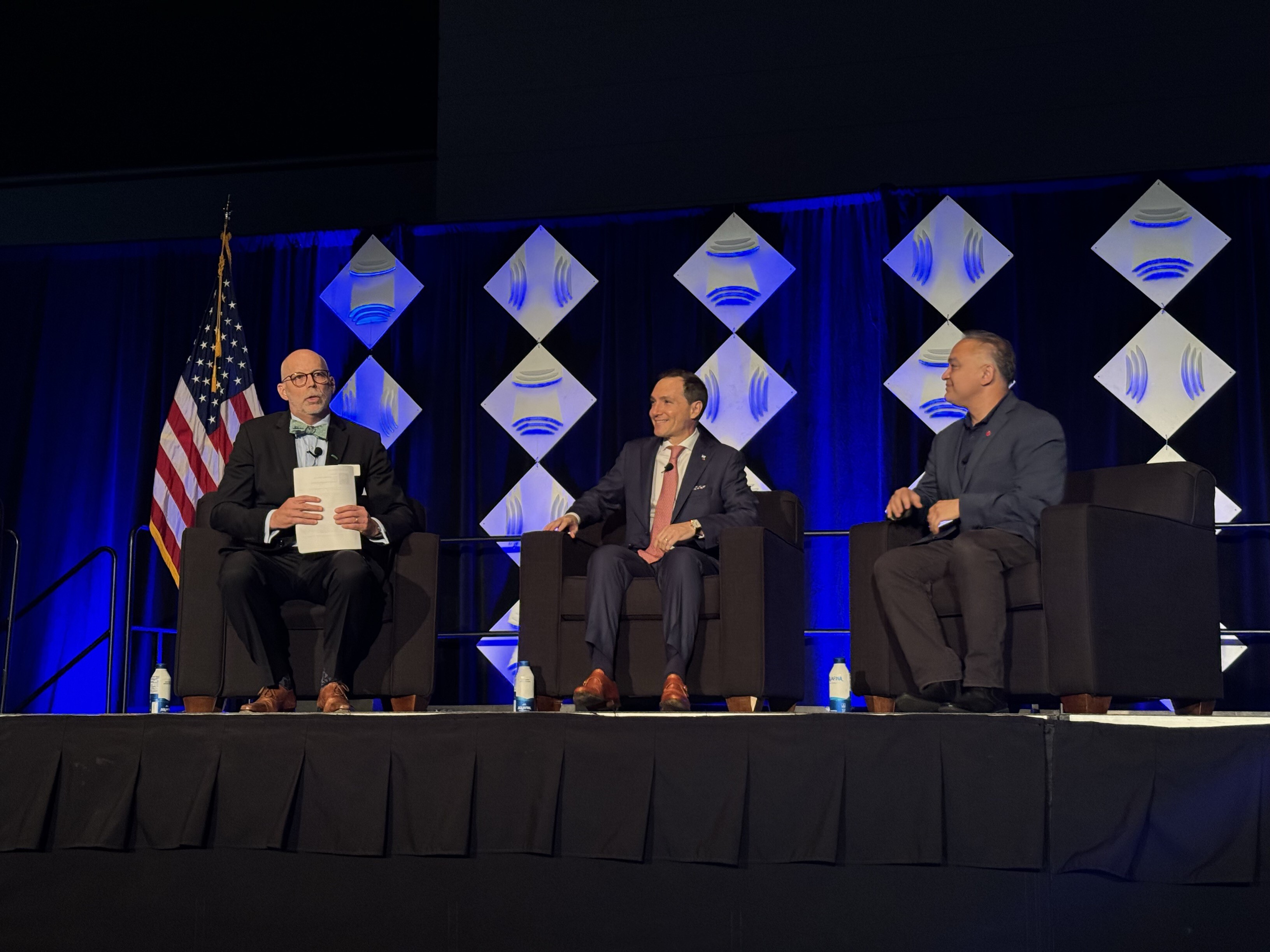Composting Toilets
Composting toilets are a type of wastewater treatment system that use little or no water and generally do not require hookup to a sewer or septic system. They work by providing an enclosed environment that allows the natural process of aerobic decomposition to occur.
People buy composting toilets for many reasons. Some may be looking for an alternative system that alleviates or minimizes the need for water to flush the toilet. Others may be seeking a system that produces finished compost that can be handled without the need for direct discharge to the environment. Whatever your reasons and whatever system you choose, keep one important point in mind — make certain that the system you select will do what it claims.
How can you be sure the composting toilet you purchase will be effective?
NSF Certified vs. Meets NSF/ANSI Standards
Composting toilets that are evaluated by NSF in accordance with NSF/ANSI Standard 41: Non-Liquid Saturated Treatment Systems must do more than just pass a test. NSF-certified systems are verified to meet six requirements:
- The toilet system can handle the stated capacity for an extended period plus occasional overload.
- The toilet system has no offensive odors.
- The composted output has been demonstrated to meet required bacterial content levels.
- Advertising, literature and labeling are not misleading.
- Products undergoing testing are not accessible to the manufacturer.
- Lab test results are confirmed by parallel testing of toilet systems operating in the field.
Look for the NSF Mark
NSF puts the composting toilet products it certifies through a comprehensive evaluation process, providing assurance that they will perform as claimed. Look for the NSF mark on the product for assurance that your composting toilet is independently certified to meet strict public health standards for design and performance.
How NSF Can Help You
Get in touch to find out how we can help you and your business thrive.

What’s New with NSF

NSF Shanghai Named Critical Site for NSF/ANSI 455 and NSF/ANSI 173 by ANSI National Accreditation Board
July 26, 2024
NSF Takes Center Stage at NEHA Annual Education Conference
July 25, 2024
NSF Asia Pacific Showcases Hospitality Solutions at THAIFEX HOREC Asia 2024 in Bangkok, Thailand
July 4, 2024